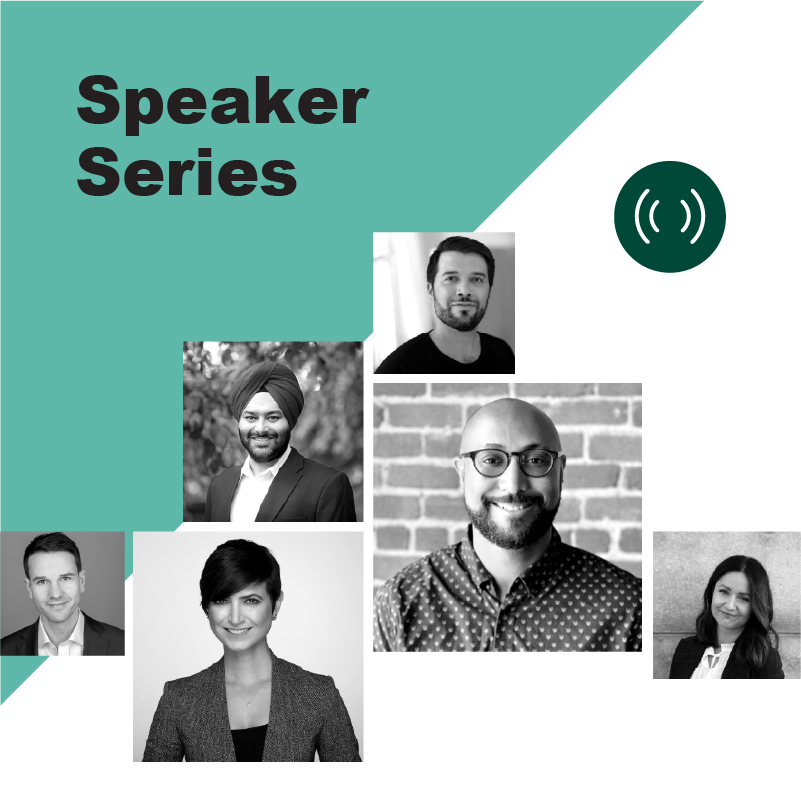As many of us know, great insights lead to better decisions and outcomes. When we listen to customer feedback, we are better equipt to solve their problems and create solutions. But, what exactly is an insight? And how do we improve our organizations’ ability consistently create high-quality insights? Tetra Insights Chief Product Officer Joshua Wexler shares insights on using the insights maturity model to uncover actionable next steps to improve your company and product.
Join us for new conversations with leading product executives every week. Roll through the highlights of this week’s event below, then head on over to our Events page to see which product leaders will be joining us next week.
Join us at our weekly Speaker Series events to engage with product leaders in your own community and gain insights on how to accelerate digital transformation.
On what an insight
In order for us to know what insights to focus on, we need to know exactly what makes a good insight. Good insights are on a spectrum of value. A quality insight can validate or change small to big decisions. There are vector adjusting or clarity level insights, all the way up to paradigm-shifting insights. Let’s dive deeper into the different types of insights used in the insights maturity model:
“To make this a little bit clear, vector adjusting would be working on a UI, or conducting some user interviews. So, we collected some qualitative data and did a usability test. We are definitely on the right track with this UI. That would be a vector clarity.”
“Vector setting might be conducting a bunch of interviews and gathering a bunch of qualitative data. You’ve looked at all of our analytics and are deciding to go after a specific segment of the market. This is more on the product strategy level.”
“At the highest level, is the paradigm setting. You’re shifting insights. And paradigm shifting would be things like gathering insights that completely change how you think about your business or your product.”
On the Enterprise Insights Maturity Model
The model shows how an organization and team can progress across 5 stages of development to become insights-driven. It looks across people, processes, and technology. And at multiple factors within those categories. Because it is multifaceted and staged, it can:
- Inspire by showing what is possible.
- Help you understand your current stage and the next step in maturity.
- Given goals and levels of investment, what is feasible for the next step on the tier journey?
Stages of the Enterprise Insights Maturity Model (looks across people, processes, and technology)
- Stage 1: Beginning
- We are typically unaware of where we are, where we need to go, and what needs to be done to be a fully insights-driven organization.
- Stage 2: Developing
- We are growing in understanding of where we are and are actively exploring what needs to be done to be a fully insights-driven organization.
- Stage 3: Integrating
- We are productively progressing as an insights-driven organization, actively identifying and implementing repeatable practices, although not consistently or completely throughout the organization.
- Stage 4: Optimizing
- We have advanced our insights practices into an effective repeatable state.
- Stage 5: Insights Driven
- We are fully matured, developed, and intentional with our insights and practices throughout the organization.
On a Model Overview – Categories
The model maps the maturity to 3 broad categories: people, processes, and technology. Each category is further mapped across dozens of factors and subfactors.
#1 People: defines the human element that impacts buy-in and engagement with generating and consuming insights. This is the broader context and foundation for insight work to flourish.
Primary factors:
- Leadership
- Staffing
- Quality of people
- Culture
#2 Process: defines the way in which research and insight work gets completed and utilized within an organization. The Insight Process is the specific set of steps inherent to completing coherent, valuable, and impactful research and insight work. The Insight Process typically applies to a specific project or initiative. But can also be used more broadly for ongoing research.
Primary factors:
- Inquiry
- Scope
- Design
- Execute
- Analyze
- Synthesize
- Delivery
- Reuse
- Measure impact
- Participant operations
- Constant improvement
#3 Technology: defines the tools and systems available and used to complete insight work and maximize the impact of insights in an organization.
Primary factors:
- The right tool for the job
- Buying/procurement
- Adoption
- Insight toos
- Data governance
